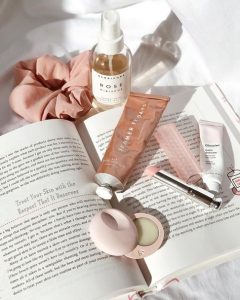Over the last decade, several trends were prominent in the preservative manufacturing environment. These can be clearly categorized into the following:
Consumers became more concerned with the safety of the preservatives use over the period of time. This was possible mainly due to the increasing number of discoveries regarding to the harmful effects of preservatives that are mainly being used in the market.
In 2004, it was discovered that Parabens in underarm deodorants can cause cancer. Several years later, the close correlation between MIT(Methylisothiazolinone) and allergenic incidents was found, and it was also discovered that triclosan used in soaps may cause endoctrine disruption, emergence of resistant bacteria. Due to this kind of discoveries and findings, several regulatory changes have taken place.In recent years, EU regulators have limited or restricted the use of several preservatives that are known to have harmful effects on human body. The examples of such preservatives include MIT and CIT/MIT (now restricted in leave-on products), Longer Chain Parabens (restricted or banned), Chloroacetamide, Formaldehyde, Quaternium 15, and PHMB.
These changes have led many formulators to seek after the new alternatives, and have pushed them to deviate away from the traditional choices for preservatives, including Parabens, Formaldehyde / Formaldehyde donors, Isothiazolinones, and Phenoxyethanol.
Due to the increasing awareness of safety, end-consumers became hesitant to buy the cosmetics with harmful ingredients included, which may include preservatives. The key words that can describe the demand of consumers include :
- “Natural”
- “Chemical-free”
- “Preservative-free”
In order to meet such demand, many formulators have adopted either :
- Phenoxyethanol Blend (eg. Ethylhexylglycerin + Phenoxyethanol)
- Natural Multi-functional Ingredients (eg. 1,2-Hexanediol, Propanediol, Butylene Glycol)
However, the “Natural” preservatives in the market have several challenges. These may include :
- Lack of Consistency in Efficacy
- Cost-Ineffectiveness
- High dosage level required
- Formulation difficulty due to high dosage needed
If these are the facts, what can be the solution that can provide the safe and yet cost efficient and having high level of efficacy?
Herbasolve is the 100% natural preservative (with no chemicals involved), which is cost effective (requires low level of dosage : 0.3%; can be used as a stand-alone ingredient for preservative purpose) and multi-functional. Its key benefits include :
- 100% Natural Origin
- 100% EWG Green
- Wide range of anti-bacterial (0.1 ~ 0.3 %) including acne bacteria
- Anti-Inflammation Effect
- Made with Patented Technology (EOT : Essential Oil-tincture Technique)
- No irritation, No harmful effect
- Cost-effective
For more details on this product, please contact us via email.



